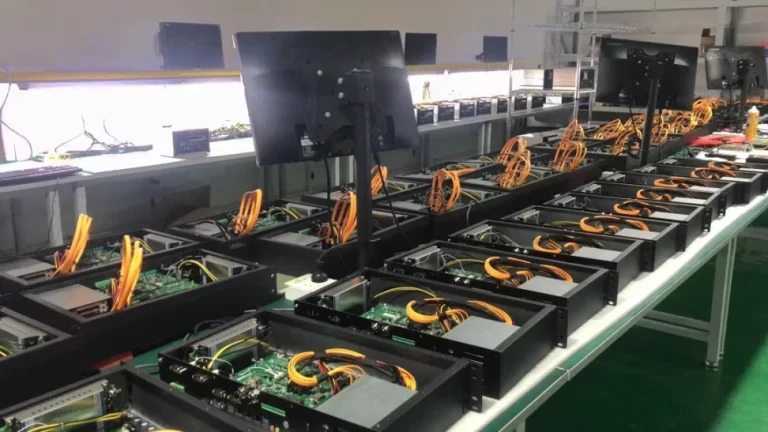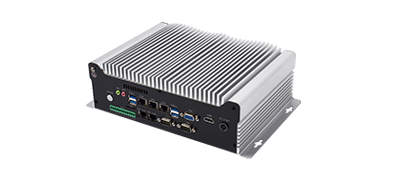Contact Probes are widely used in precision measurement, industrial inspection, and electronic testing. Their accuracy, stability, and lifespan are directly influenced by operational methods and environmental conditions. Below are key considerations for their use:
1. Pre-Operation Preparation
- Clean the Probe and Workpiece Surface
Ensure the probe tip and the measured surface are free of oil, dust, or debris to avoid measurement errors or scratches. - Inspect Probe Condition
Check for bending, wear, or damage, especially at the tip. For ceramic probes, inspect for cracks. - Select Appropriate Probe Type
Choose the probe shape (e.g., spherical, pointed, conical) and size based on measurement requirements:- Spherical Probes: Ideal for curved surfaces or complex geometries.
- Pointed Probes: Suitable for high-precision detail measurements (e.g., microelectronic components).
2. Calibration and Standardization
- Regular Calibration
Calibrate the probe system according to the manufacturer’s schedule to ensure accuracy (e.g., ball diameter calibration, coordinate system zeroing). - Environmental Calibration
Perform on-site calibration in the measurement environment to eliminate errors caused by temperature or humidity fluctuations.
3. Environmental Controls
- Temperature Stability
Avoid environments with significant temperature variations. High temperatures may cause thermal expansion, while low temperatures may increase brittleness. - Vibration and Shock Prevention
Place equipment on anti-vibration tables and avoid abrupt movements to prevent accidental contact or damage. - Cleanliness Requirements
Maintain a dust-free environment in electronics or optical testing to avoid contamination affecting conductivity or optical performance.
4. Operational Practices
- Apply Appropriate Pressure
Excessive pressure may deform the probe or damage the workpiece. Use consistent force during light-contact measurements to minimize inertial errors. - Avoid Lateral Forces
Ensure the probe only experiences axial force; lateral forces can cause breakage or data distortion. - Control Measurement Speed
High-speed movement may induce resonance or false triggers. Reduce speed for flexible materials or precision components.
5. Safety and Protection
- Prevent Tip Damage and Splashing
Use high-strength probes (e.g., tungsten steel or ceramic) and wear safety goggles to avoid injury from broken tips. - Electrostatic Protection
For electronic testing, use anti-static probes and ground them to prevent ESD damage to sensitive components. - Avoid Overloading
Never exceed the probe’s rated load capacity to prevent permanent damage.
6. Data Processing and Documentation
- Multiple Measurements for Averaging
Repeat measurements at the same location and exclude outliers to improve reliability. - Record Probe Parameters
Document probe serial numbers, calibration dates, materials, etc., for traceability and error analysis.
7. Storage and Maintenance
- Proper Storage
Clean the probe after use and store it on a dry, dust-free stand to prevent tip damage. - Regular Maintenance
Inspect probe connections for looseness, replace worn probes promptly, and extend equipment lifespan.
8. Industry-Specific Requirements
- Medical/Food Industry
Use biocompatible materials (e.g., stainless steel 316L) and sterilize probes after use. - Semiconductor Industry
Avoid particle contamination by using vacuum suction or cleanroom environments during wafer contact.
9. Additional Considerations
- Chemical Corrosion Resistance
For corrosive environments, select corrosion-resistant materials (e.g., titanium alloy, PTFE coating). - Follow Manufacturer Guidelines
Adhere strictly to the probe manual and avoid unauthorized modifications.
Summary: Contact Probes require adherence to technical specifications and environmental controls. Through standardized operation, regular maintenance, and rigorous quality checks, their performance can be maximized, and lifespan extended. Operators should receive professional training to understand probe characteristics and associated risks.



